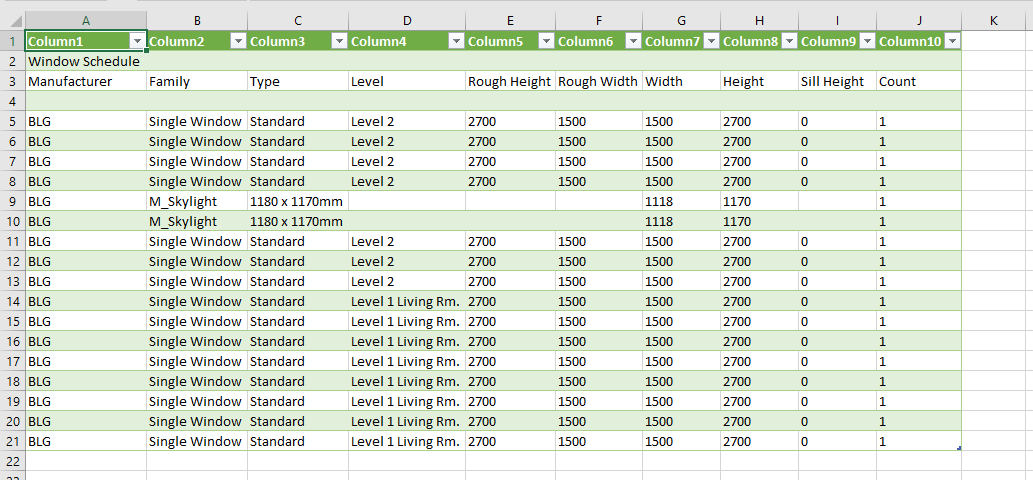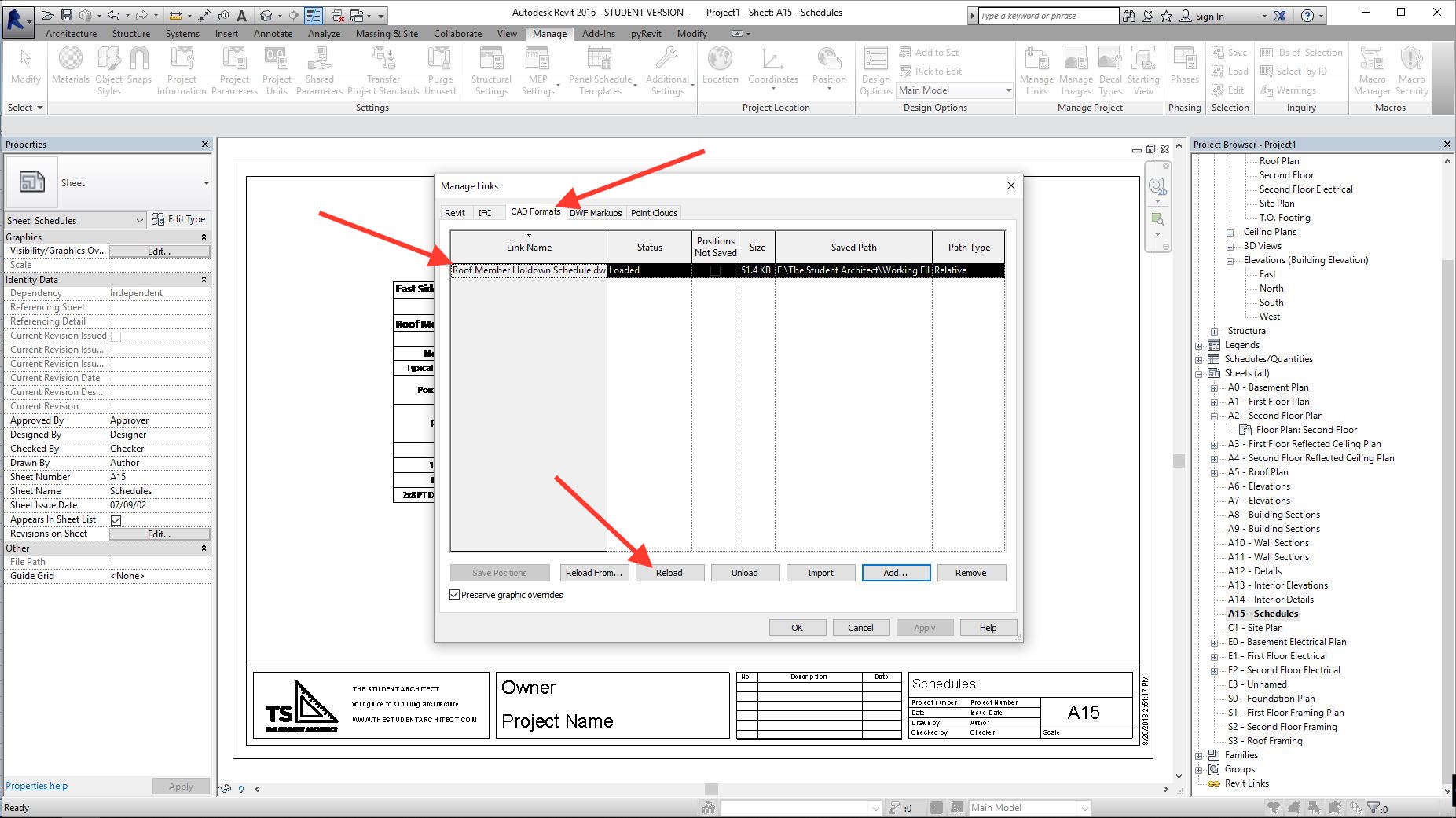Revit Tools: Your Secret to Precision and Performance
Wiki Article
Excel-to-Revit: A Game-Changing Workflow for Architectural Style - Revealing the Tricks
Introducing excel-to-revit, the game-changing process that will transform your design procedure. With excel-to-revit combination, you can simplify your architectural layout, unlock efficiency, and take full advantage of partnership within your group. Obtain ready to take your building design to the following level with excel-to-revit!The Power of Excel-to-Revit Integration

Imagine the convenience of being able to edit and upgrade job data in Excel, and immediately see those changes reflected in your Revit model. Say goodbye to manual information access or tiresome updates. With Excel-to-Revit integration, you can save time and minimize errors by leveraging the power of Excel's formulas and functions to immediately create accurate data in Revit.
Not only does this assimilation improve efficiency, yet it also improves partnership amongst staff member. You can easily share Excel data with colleagues, who can after that import the data right into their Revit designs. This promotes a seamless exchange of details and makes certain that everybody is collaborating with one of the most updated information.

Simplifying Building Layout With Excel-To-Revit
Enhancing architectural style is simplified with the use of Excel-to-Revit (revit plugins). With this powerful integration, you can maximize your process and save important time throughout the style process. By leveraging the capabilities of Excel and Revit, you can effortlessly move data between both platforms, eliminating the requirement for hands-on information access and decreasing the risk of errorsExcel-to-Revit allows you to import and export data effortlessly, allowing you to conveniently update and customize your architectural designs. You can create routines, calculate amounts, and create reports in Excel, and after that move that data directly into your Revit version. This combination ensures that your design information is always updated and synchronized, eliminating the demand for hands-on updates and decreasing the opportunities of inconsistencies.
By using Excel-to-Revit, you can also capitalize on the effective computational capacities of Excel. You can carry out intricate computations, evaluate data, and automate repetitive tasks, all within Excel. Then, with simply a couple of clicks, you can import the outcomes back into Revit, permitting you to make informed layout choices and optimize your building layouts.
Unlocking Performance: Checking Out the Excel-to-Revit Workflow
Optimize your productivity by seamlessly integrating Excel and Revit for a much more effective process. With the Excel-to-Revit process, you can open an entire brand-new level of efficiency in your architectural style process. By using the power of Excel's information management capacities and combining it with the adaptability and precision of Revit, you can enhance your style procedure and save beneficial time.One of the crucial advantages of this assimilation is the capacity to import and export information in between Excel and Revit. This means that you can conveniently transfer project info, such as room routines or product amounts, from one software program to the various other, eliminating the requirement for hands-on data access and minimizing the possibilities of errors. You can also develop customized formulas and estimations in Excel to automate recurring jobs and execute intricate computations, which can after that be seamlessly incorporated right into your Revit models.
In Addition, the Excel-to-Revit operations enables for far better control and collaboration in between employee. With Excel functioning as a central data center, numerous employee can function on various elements of the job concurrently, sharing and updating information in real-time. This not just enhances communication but likewise makes sure that everyone is functioning with the most up-to-date information, getting rid of the threat of inconsistencies.
Optimizing Cooperation: Excel-to-Revit for Architectural Teams
By perfectly integrating Excel and Revit, building teams can substantially enhance collaboration and accomplish extra reliable design outcomes. When using this effective operations, you can conveniently transfer data between Excel spread sheets and Revit versions, enhancing the style process and boosting interaction among group members.Furthermore, by leveraging Excel's effective estimation abilities, you can perform complex computations and analysis on your layout data, driving and offering useful insights educated decision-making. This integration likewise enables you to export data from Revit to Excel, allowing you to create comprehensive reports, charts, and graphs for presentations and analysis. This collaborative process advertises reliable communication and control amongst employee, as Excel functions as a main hub for information administration and sharing.
Overall, by accepting the Excel-to-Revit workflow, building teams can accomplish higher degrees of collaboration, efficiency, and precision in their design procedure. revit add ins. This assimilation empowers groups to interact flawlessly, making sure that every person is on the exact same page and adding to the success of the job
Revealing the Tricks of Excel-to-Revit Combination

One of the keys of Excel-to-Revit combination is the capacity to take advantage of the power of solutions and estimations in Excel to drive specifications and generate complicated geometries in Revit. You can link Excel spread sheets to Revit households, permitting you to input data straight into the spreadsheet and have it immediately update in the Revit design. This improves the layout process and ensures accuracy and consistency throughout the task.
Another trick is the capability to produce customized routines and reports in Excel, making use of data extracted from Revit. This enables you to assess and visualize job details in a way that is not feasible within Revit alone. You can easily create quantity liftoffs, expense price quotes, and project timelines, providing valuable understandings for decision-making and task management.
On top of that, Excel-to-Revit combination allows reliable partnership among staff member. Several individuals can deal with the same Excel spreadsheet all at once, making it less complicated to coordinate and track changes. You can also make use of Excel's commenting function to give responses or interact design revisions.
Verdict
By incorporating the power of Excel and Revit, designers can currently function extra effectively, save time, and create much better styles. Begin incorporating excel-to-revit assimilation right into your architectural design process today and transform the means you work.With just a few clicks, you can import the results back right into Revit, allowing you to make educated style choices and optimize your building styles.
By making use of the power of Excel's information monitoring capacities and combining it with the adaptability and precision of Revit, you can streamline your design process and conserve beneficial time.
By seamlessly incorporating Excel and Revit, architectural teams can substantially enhance cooperation and attain more effective design results. When using this effective process, you can conveniently transfer data in between Excel spread sheets and Revit designs, enhancing the layout procedure and enhancing communication among group members.In addition, by leveraging Excel's powerful computation capacities, you can carry out intricate estimations and analysis on your layout data, driving and revit plugins offering important insights notified decision-making.
Report this wiki page